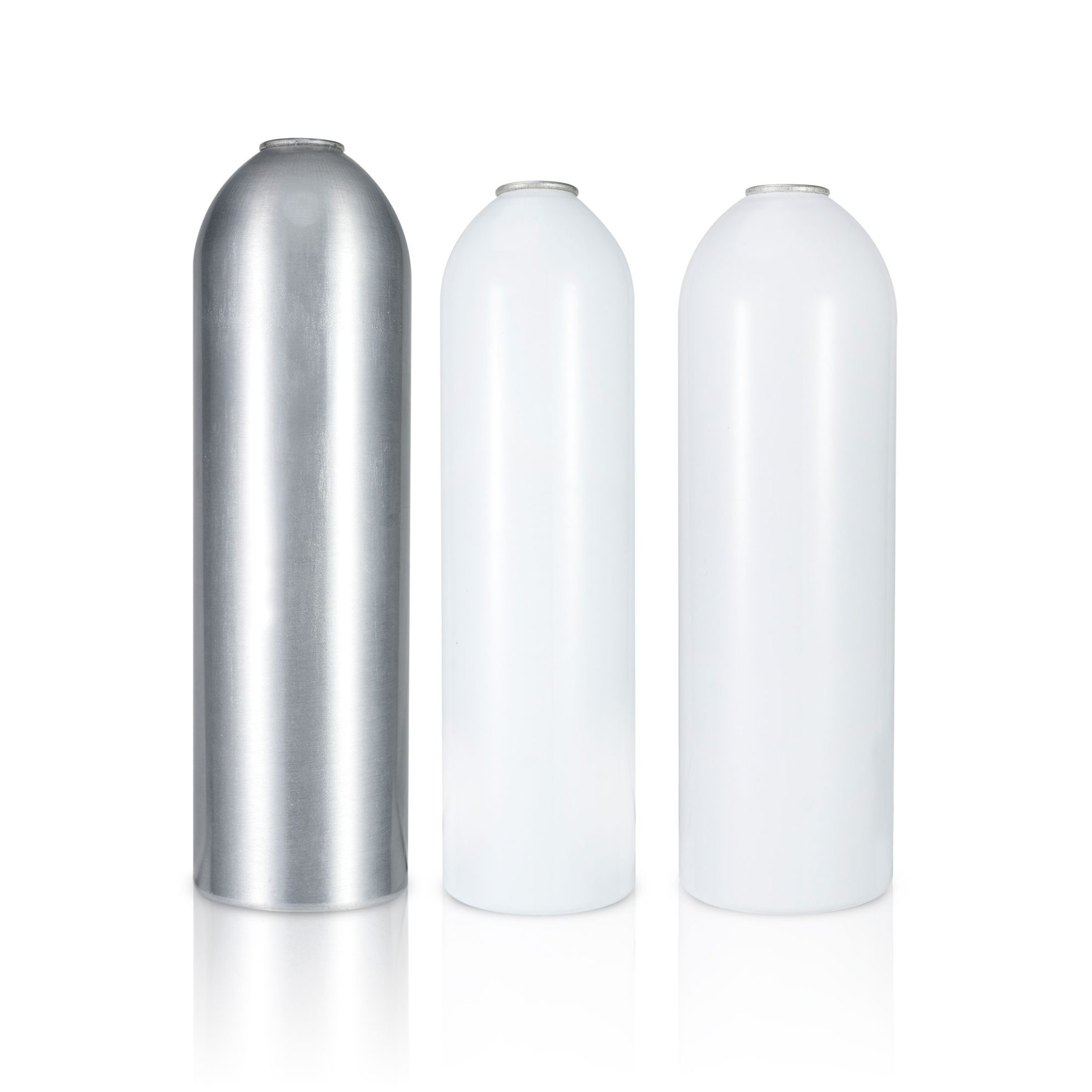In the printing industry, heat transfer printing (also known as heat press printing) and screen printing are two widely used techniques for applying designs onto fabrics, packaging, electronics, and more. While both methods can produce printed patterns, they differ significantly in terms of technology, material compatibility, cost, durability, and other factors. This article provides a detailed comparison to help readers choose the right method for their needs.
1. Printing Process Comparison
1.1 Heat Transfer Printing
Definition: A method that uses heat and pressure to transfer a pre-printed design from transfer paper or film onto a substrate (e.g., fabric, plastic, metal).
Main Techniques:
Sublimation Transfer: Uses heat-activated dyes that turn into gas and bond with synthetic fibers (best for polyester materials).
Hot Peel Transfer: Uses a heat-activated adhesive film to attach designs to the substrate (suitable for cotton, blends, etc.).
Best For: Customization, small-batch production, and intricate designs.

1.2 Screen Printing
Definition: A stencil-based method where ink is pushed through a mesh screen onto the substrate.
Key Features:
Works best on flat or slightly curved surfaces (e.g., T-shirts, posters, glass, PCBs).
Each color requires a separate screen, making it ideal for bulk single-color or simple multicolor prints.
Best For: Mass production, high-opacity prints (e.g., light ink on dark fabrics).

2. Key Differences
| Factor | Heat Transfer Printing | Screen Printing |
|---|---|---|
| Printing Method | Heat-pressed transfer | Ink pushed through a mesh screen |
| Material Compatibility | Fabric, plastic, metal, ceramics | Fabric, paper, glass, plastic, metal |
| Design Complexity | High-resolution, gradient-friendly | Best for solid colors, poor gradients |
| Production Cost | Low for small batches, higher for bulk | High setup cost, low per-unit cost for bulk |
| Durability | Good wash-fastness (especially sublimation), may crack over time | More durable, better abrasion resistance |
| Texture | Can feel plasticky (hot peel), sublimation is softer | Ink soaks in, more natural feel |
| Eco-Friendliness | Some films contain non-biodegradable plastics | Water-based inks are eco-friendly, solvent-based may pollute |
| Production Speed | Fast for single items, good for small batches | Faster for bulk after setup |
3. How to Choose the Right Method?
3.1 When to Use Heat Transfer Printing
High-detail, photorealistic, or gradient designs.
Small batches or custom orders (e.g., personalized gifts, promotional items).
Printing on diverse materials (e.g., polyester, mugs, metal plates).
3.2 When to Use Screen Printing
Large-scale production (e.g., corporate uniforms, branded merchandise).
High opacity needed (e.g., white ink on black shirts).
Preference for natural fabric feel (e.g., soft cotton T-shirts).
4. Future Trends
Heat Transfer Printing: Advances in digital printing will boost its role in customization (e.g., DTG + heat transfer hybrid techniques).
Screen Printing: Eco-friendly water-based inks and automated machines will improve sustainability and efficiency.
Conclusion
Both heat transfer and screen printing have unique strengths. The best choice depends on design requirements, material, budget, and quantity.
Heat transfer is better for small batches, complex designs, and multi-material use.
Screen printing excels in bulk production, high opacity, and long-lasting prints.
Emerging technologies like “digital screen printing” (combining digital and screen techniques) may further revolutionize the industry.




